Thermal Characteristic of Novel Insulation Materials Designed for Solar Simulator
Abstract
:1. Introduction
2. Testing Principle
3. Device Design
3.1. Thermal Conductivity Measurement Bench
3.2. Vacuum System
3.3. Cooling and Heating Module
3.4. Data Processing and Acquisition Module
4. Measurement Results
4.1. Comparison of Standard Reference Sample
4.2. Measurement of Thermal Conductivity at Different Vacuum Levels and Temperatures
4.3. Uncertainty Analysis
4.3.1. Measurement Uncertainty under Ideal Conditions
4.3.2. Uncertainty of the Power Measurement
4.3.3. Uncertainty of the Measured Area
4.3.4. Uncertainty of the Thickness Measurement
4.3.5. Uncertainty of the Temperature Difference Measurement
4.3.6. Total Measurement Uncertainty under Ideal Conditions
4.3.7. Total Uncertainty
4.4. Thermal Conductivity Testing of the New Materials
5. Conclusions
- The design of a multi-layer insulation structure with vacuum regulation and a low outgassing rate was adopted to realize the pressure control of a 10−4 Pa magnitude~atmospheric pressure. Liquid nitrogen refrigeration and electric heating temperature control technology were adopted to realize the control of a −160 °C~280 °C test environment. The measurement of the thermal conductivity in a low- temperature vacuum environment was realized, and the error was better than ±1% when compared with the measurement results of the national standard sample reference plate.
- We measured the thermal conductivity of extruded plastic panel samples, and aerogel felt samples under different vacuum degrees and different temperatures and performed an uncertainty analysis. The results showed that the relative uncertainty of the measurement of the device within the full range was better than ±5%.
- The new thermal insulation materials were tested at different vacuum levels and different temperatures; the thermal resistance ranged from 0.04 m2K/W to 4 m2K/W, and the thermal conductivity ranged from 0.4 mW/(m·K) to 40 mW/(m·K). It has the potential to become an excellent insulation material for a solar simulator compared with the commonly used material, polytetrafluoroethylene, with a thermal conductivity of 270 mW/(m·K).
Author Contributions
Funding
Data Availability Statement
Conflicts of Interest
References
- Qiu, Y.; He, Y.L.; Li, P.; Du, B.C. A comprehensive model for analysis of real-time optical performance of a solar power tower with a multi-tube cavity receiver. Appl. Energy 2017, 185, 589–603. [Google Scholar] [CrossRef] [Green Version]
- Wang, Q.L.; Yao, Y.; Hu, M.K.; Cao, J.Y.; Qiu, Y.; Yang, H.X. An air curtain surrounding the solar tower receiver for effective reduction of convective heat loss. Sustain. Cities Soc. 2021, 71, 103007. [Google Scholar] [CrossRef]
- Qiu, Y.; Zhang, Y.T.; Li, Q.; Xu, Y.C.; Wen, Z.X. A novel parabolic trough receiver enhanced by integrating a transparent aerogel and wing-like mirrors. Appl. Energy 2020, 279, 115810. [Google Scholar] [CrossRef]
- Li, Q.; Zhang, Y.T.; Wen, Z.X.; Qiu, Y. An evacuated receiver partially insulated by a solar transparent aerogel for parabolic trough collector. Energ. Convers. Manag. 2020, 214, 112911. [Google Scholar] [CrossRef]
- Liu, P.; Lv, J.Y.; Shan, F.; Liu, Z.C.; Liu, W. Effects of rib arrangements on the performance of a parabolic trough receiver with ribbed absorber tube. Appl. Therm. Eng. 2019, 156, 1–13. [Google Scholar] [CrossRef]
- Rao, Z.H.; Bao, S.T.; Liu, X.P.; Taylor, R.A.; Liao, S.M. Estimating allowable energy flux density for the supercritical carbon dioxide solar receiver: A service life approach. Appl. Therm. Eng. 2021, 182, 116024. [Google Scholar] [CrossRef]
- Qiu, Y.; He, Y.L.; Cheng, Z.D.; Wang, K. Study on optical and thermal performance of a linear Fresnel solar reflector using molten salt as HTF with MCRT and FVM methods. Appl. Energy 2015, 146, 162–173. [Google Scholar] [CrossRef]
- Qiu, Y.; Li, M.J.; Wang, K.; Liu, Z.B.; Xue, X.D. Aiming strategy optimization for uniform flux distribution in the receiver of a linear Fresnel solar reflector using a multi-objective genetic algorithm. Appl. Energy 2017, 205, 1394–1407. [Google Scholar] [CrossRef] [Green Version]
- Gallo, A.; Marzo, A.; Fuentealba, E.; Alonso, E. High flux solar simulators for concentrated solar thermal research: A review. Renew Sust. Energ. Rev. 2017, 77, 1385–1402. [Google Scholar] [CrossRef]
- Codd, D.S.; Carlson, A.; Rees, J.; Slocum, A.H. A low cost high flux solar simulator. Sol. Energy 2010, 84, 2202–2212. [Google Scholar] [CrossRef] [Green Version]
- Meng, Q.; Wang, Y.; Zhang, L. Irradiance characteristics and optimization design of a large-scale solar simulator. Sol. Energy 2011, 85, 1758–1767. [Google Scholar] [CrossRef]
- Dong, X.; Sun, Z.; Nathan, G.J.; Ashman, P.J.; Gu, D. Time-resolved spectra of solar simulators employing metal halide and xenon arc lamps. Sol. Energy 2015, 115, 613–620. [Google Scholar] [CrossRef]
- Xiao, F.; Liu, G.; Hu, C. Application of cryogenic technology in the aerospace field. Spacecr. Environ. Eng. 2002, 3, 11. [Google Scholar]
- Wen, X.; Huang, R.; Li, L. Cryogenic thermal conductivity testing system for solid materials. Cryog. Eng. 2008, 2, 5. [Google Scholar]
- Wu, H.; Gong, L.; Xu, X.; Li, L. Low temperature thermal conductivity testing device for non-metallic insulation materials. Cryog. Eng. 2009, 2, 28–31. [Google Scholar]
- Dai, J.; Fu, J.; Yu, H.; He, C.; Wu, Y. Design and experimental study of cryogenic thermal conductivity testing system for adiabatic materials. Low Temp. Supercond. 2016, 44, 5. [Google Scholar]
- Li, M.; Zhang, H.; Ju, Y. Design and development of double specimen protection hot plate device in liquid nitrogen temperature zone. J. Shanghai Jiaotong Univ. 2012, 46, 6. [Google Scholar]
- Tao, Z. Study on Thermal Conductivity Measurement of Insulation Materials by Low Temperature Protective Hot Plate Method. Ph.D. Thesis, Nanjing University of Aeronautics and Astronautics, Nanjing, China, 2015. [Google Scholar]
- Schindler, A.; Neumann, G.; Stobitzer, D.; Vidi, S. Accuracy of a guarded hot plate (GHP) in the temperature range between—160 °C and 700 °C. High Temp.—High Press. 2016, 45, 81–96. [Google Scholar]
- Zarr, R.R.; Flynn, D.R.; Hettenhouser, J.W.; Brandenburg, N.J.; Healy, W.M. Fabrication of a Guarded-Hot-Plate Apparatus for Use Over an Extended Temperature Range and in a Controlled Gas Atmosphere. Therm. Conduct. 2006, 28, 235. [Google Scholar]

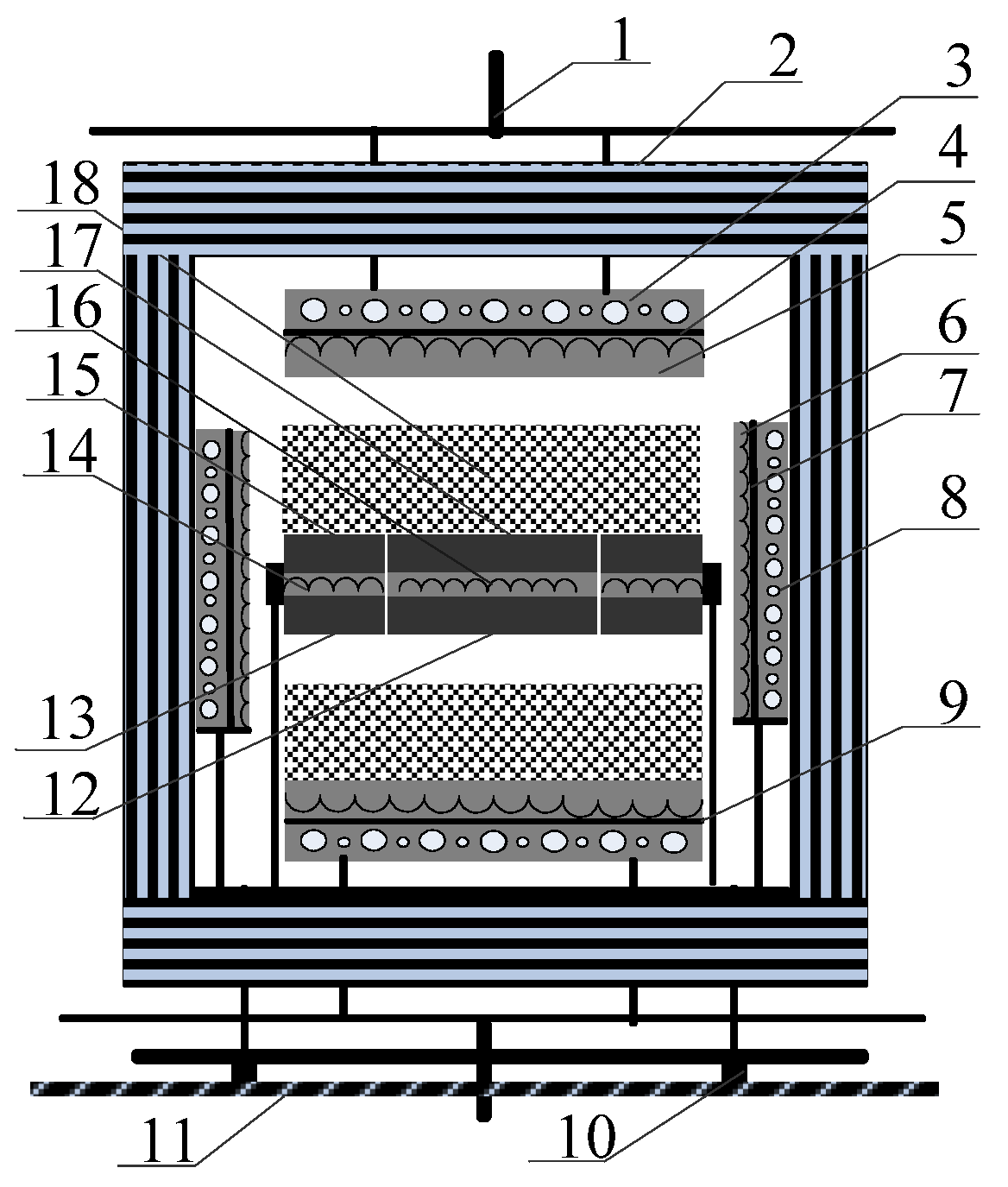
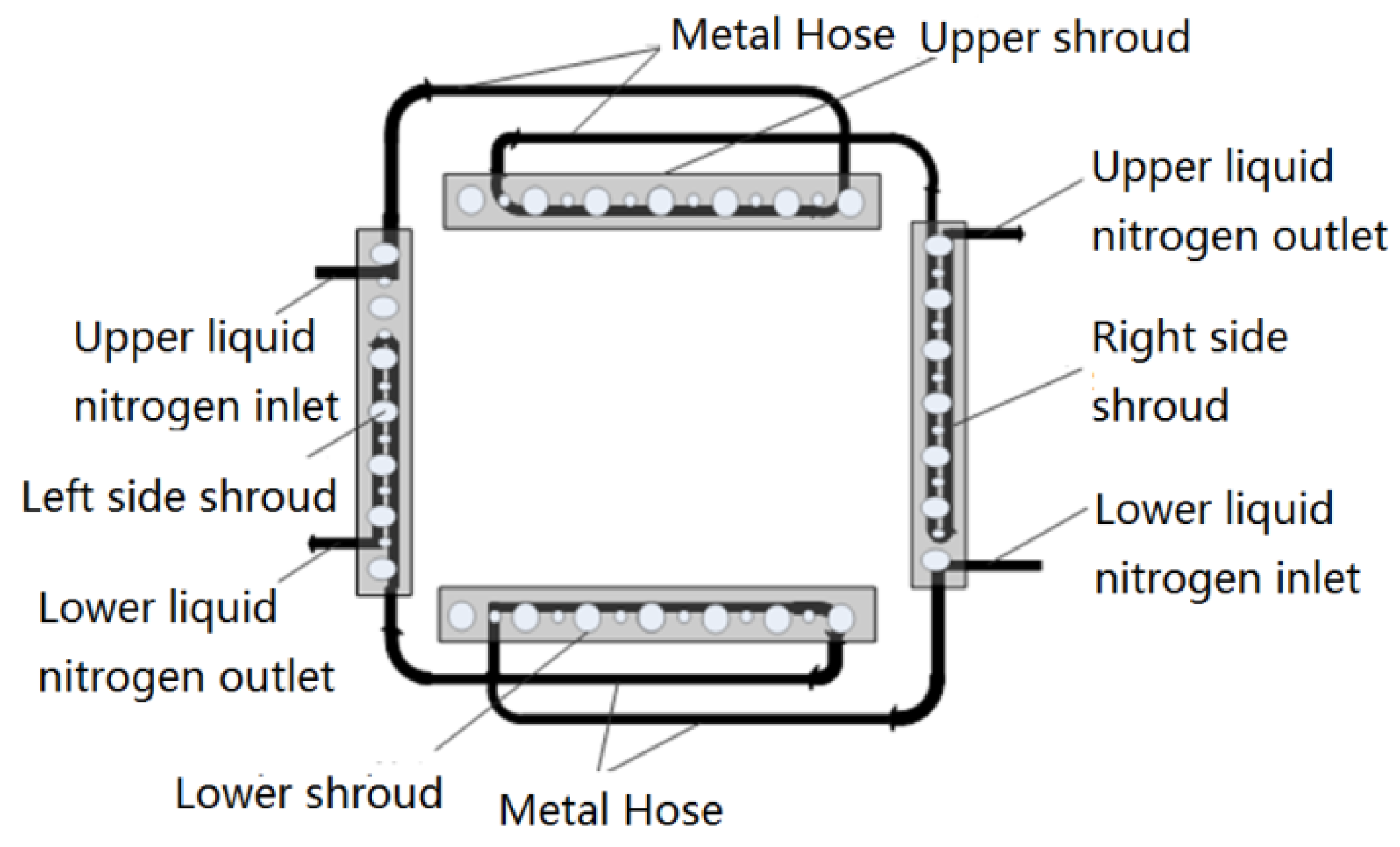
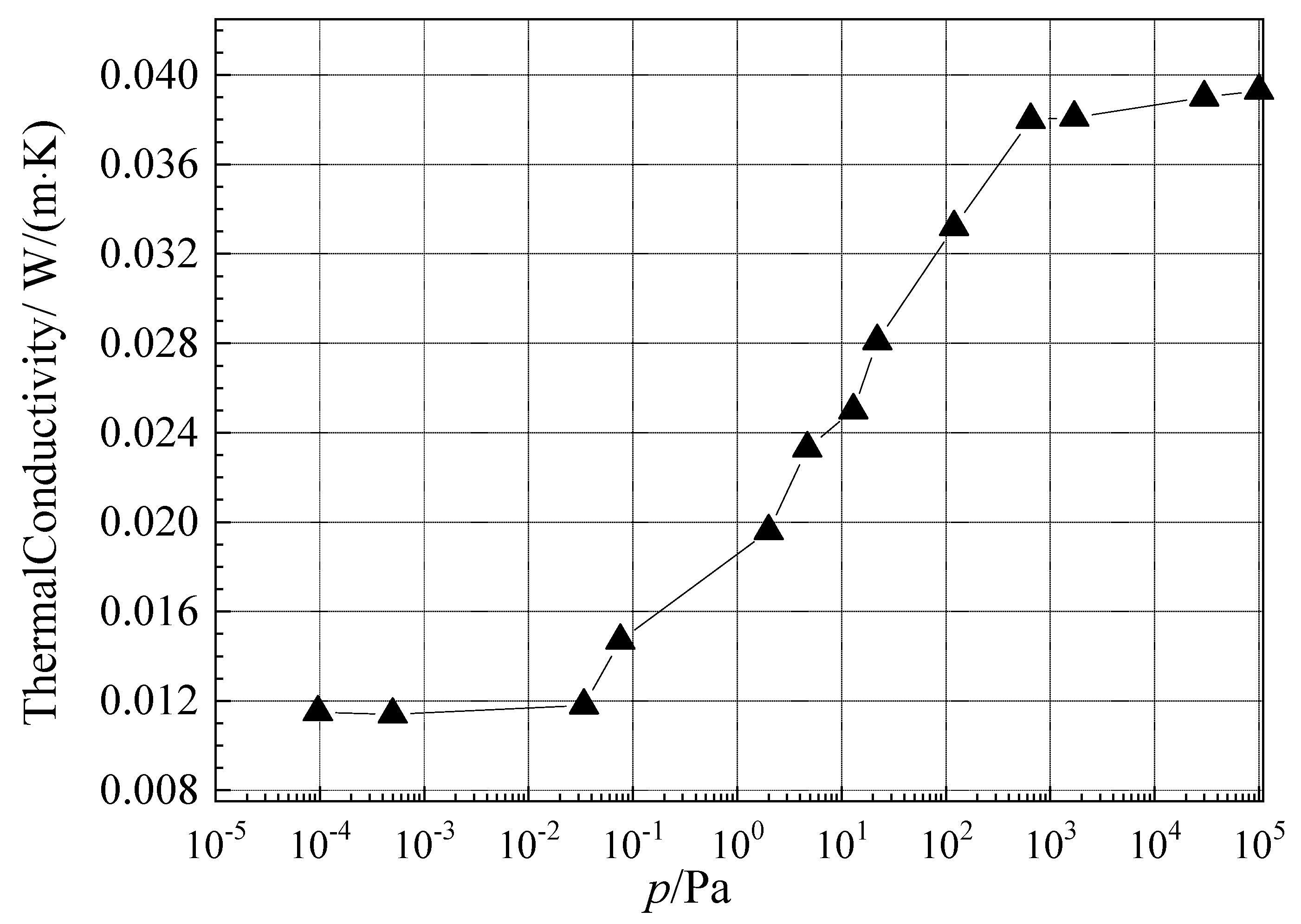


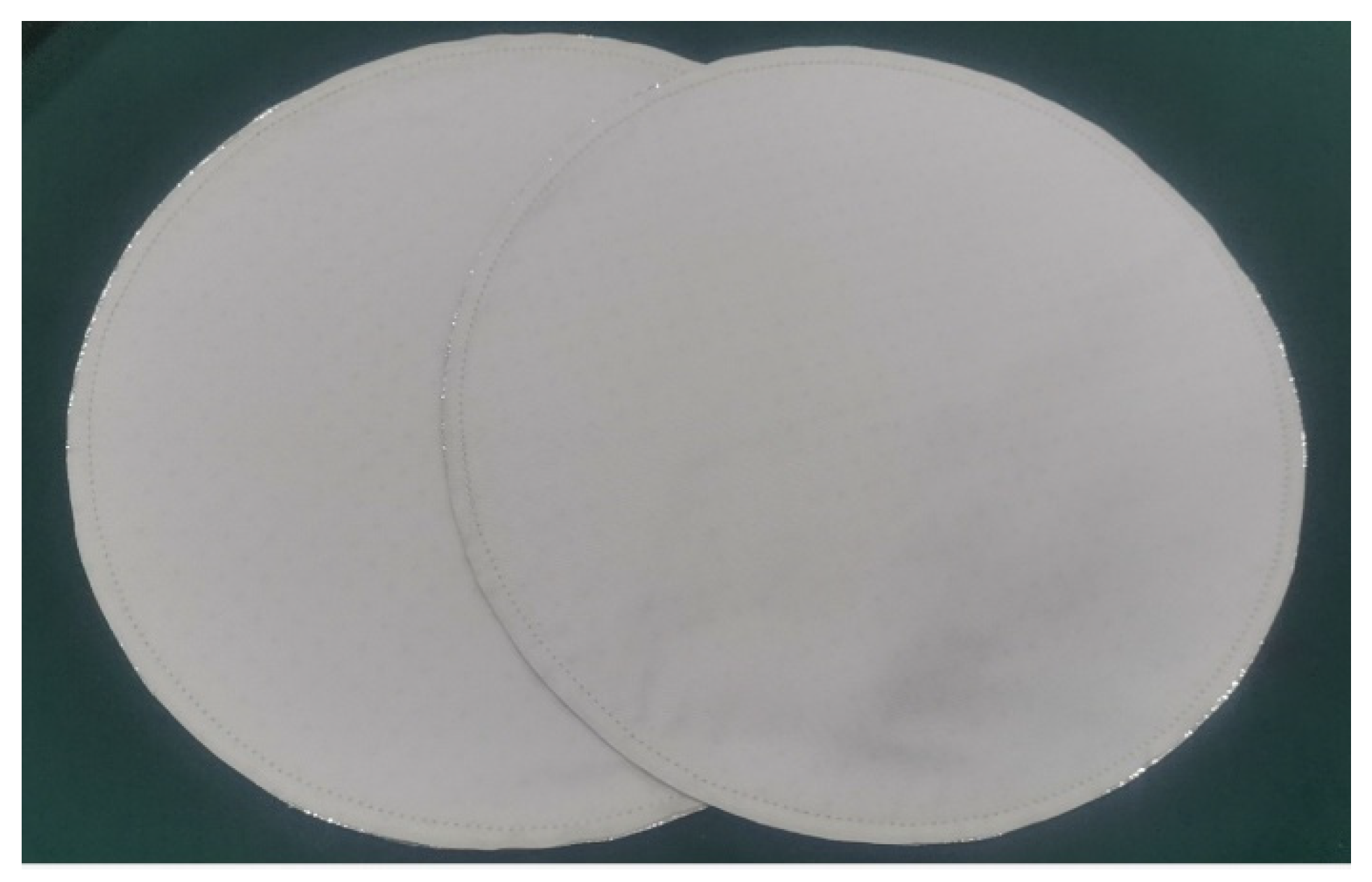
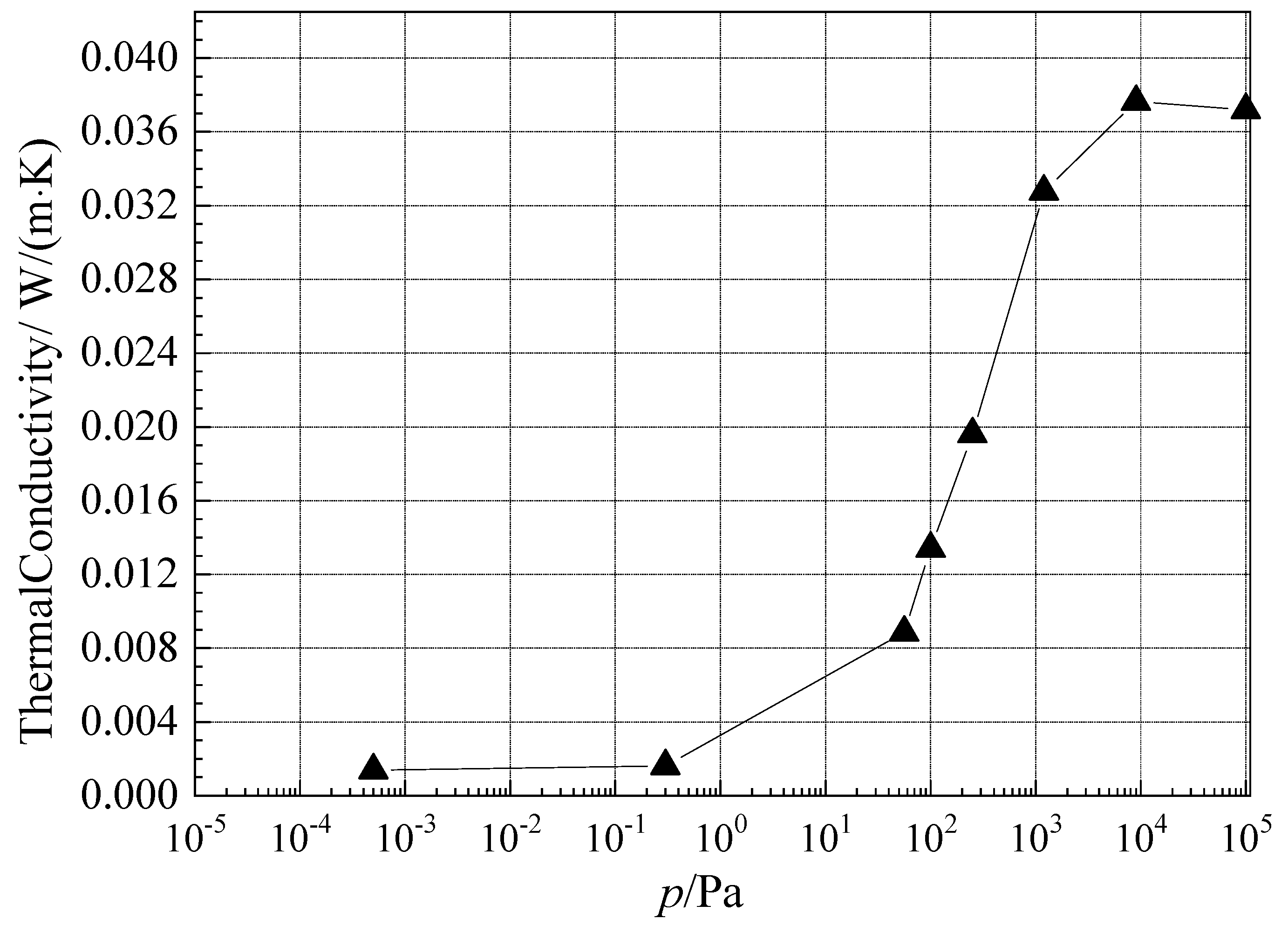
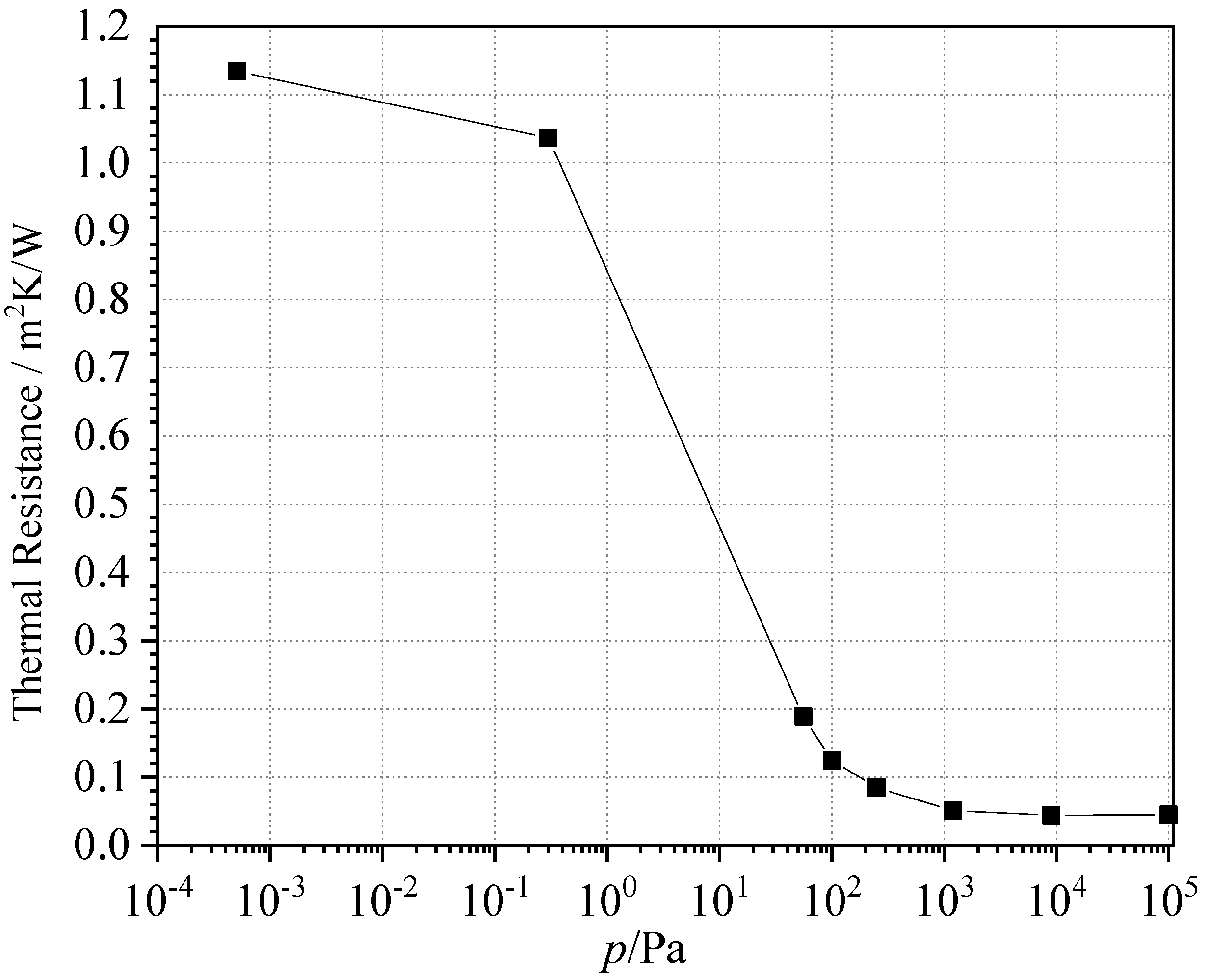


| Average Temperature /°C | Standard Value W/(m·K) | Measurement Results W/(m·K) | Measurement Error |
|---|---|---|---|
| 20 | 0.0323 | 0.0322 | −0.31% |
| 25 | 0.0328 | 0.0329 | 0.30% |
| 40 | 0.0345 | 0.0345 | 0.00% |
| 50 | 0.0357 | 0.0358 | 0.28% |
| 60 | 0.0370 | 0.0372 | 0.54% |
| 70 | 0.0381 | 0.0381 | 0.00% |
Publisher’s Note: MDPI stays neutral with regard to jurisdictional claims in published maps and institutional affiliations. |
© 2022 by the authors. Licensee MDPI, Basel, Switzerland. This article is an open access article distributed under the terms and conditions of the Creative Commons Attribution (CC BY) license (https://creativecommons.org/licenses/by/4.0/).
Share and Cite
Ding, W.; Zhou, Y.; Gu, M.; Gong, J.; Xu, J. Thermal Characteristic of Novel Insulation Materials Designed for Solar Simulator. Energies 2022, 15, 4831. https://doi.org/10.3390/en15134831
Ding W, Zhou Y, Gu M, Gong J, Xu J. Thermal Characteristic of Novel Insulation Materials Designed for Solar Simulator. Energies. 2022; 15(13):4831. https://doi.org/10.3390/en15134831
Chicago/Turabian StyleDing, Wenjing, Ying Zhou, Miao Gu, Jie Gong, and Jinghao Xu. 2022. "Thermal Characteristic of Novel Insulation Materials Designed for Solar Simulator" Energies 15, no. 13: 4831. https://doi.org/10.3390/en15134831
APA StyleDing, W., Zhou, Y., Gu, M., Gong, J., & Xu, J. (2022). Thermal Characteristic of Novel Insulation Materials Designed for Solar Simulator. Energies, 15(13), 4831. https://doi.org/10.3390/en15134831





